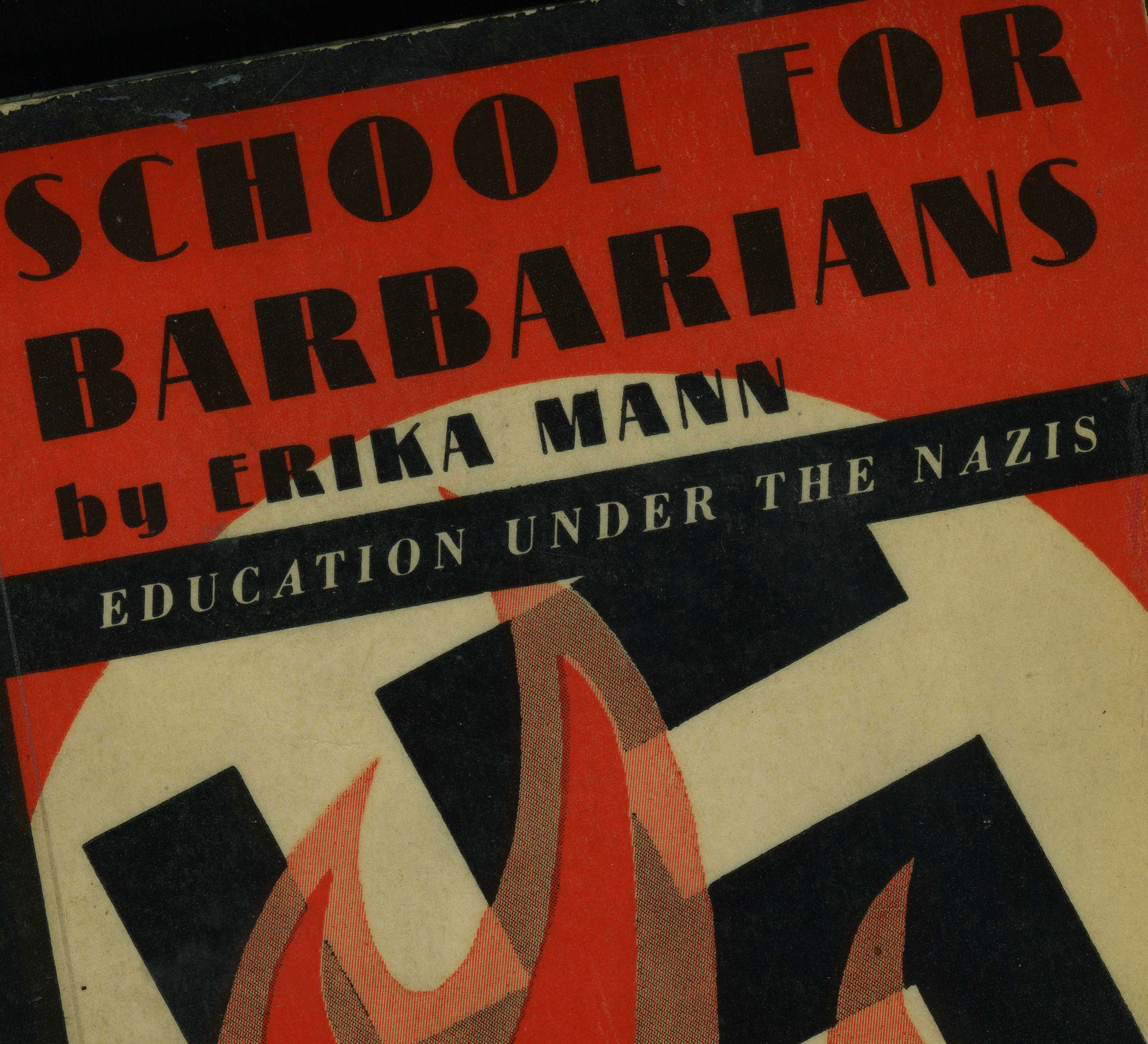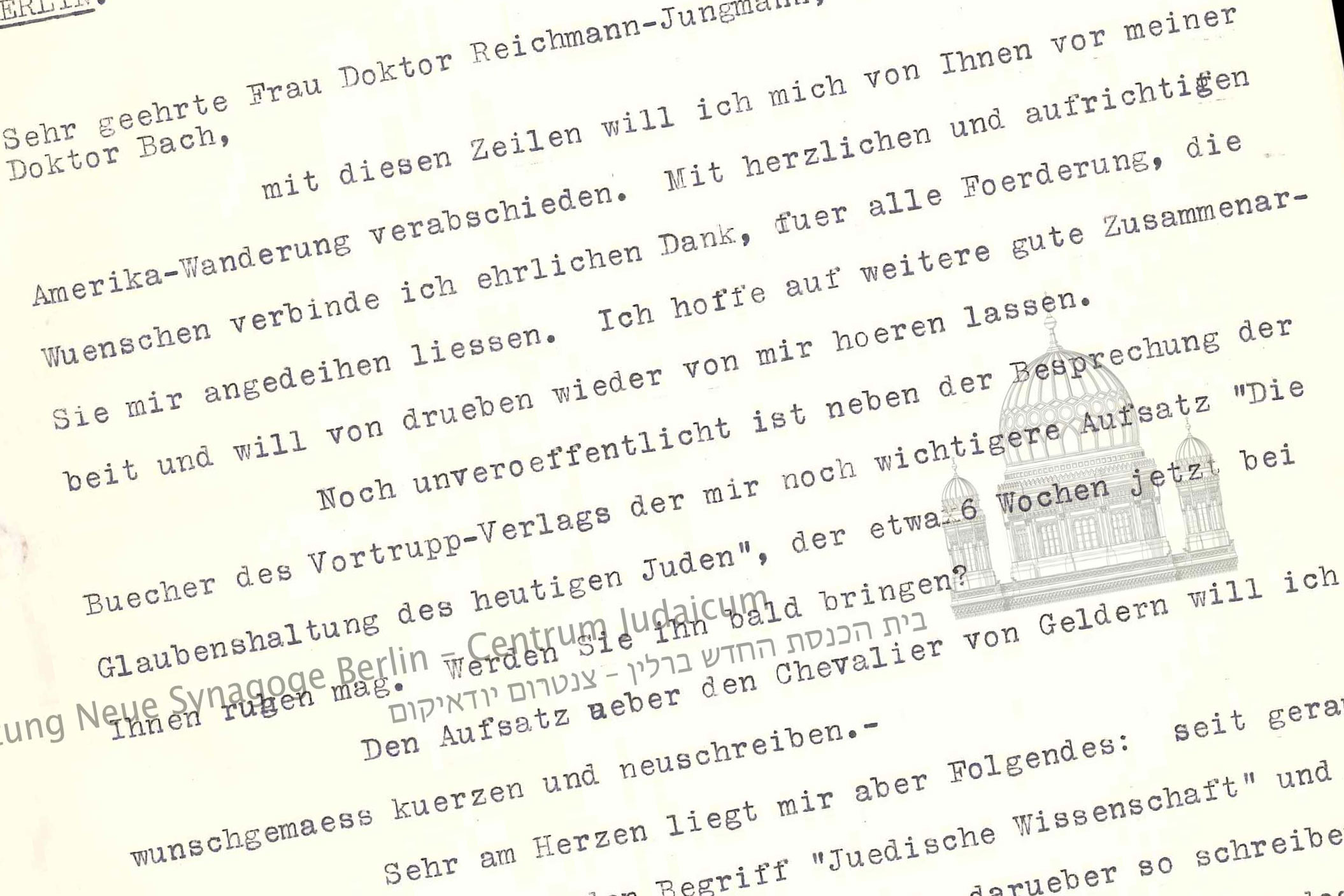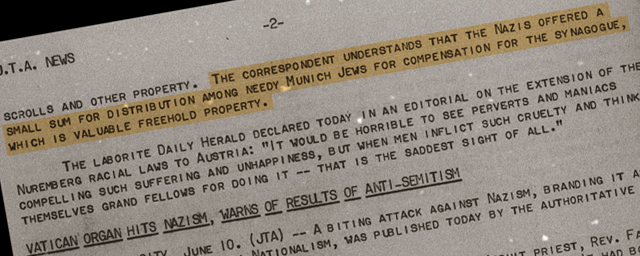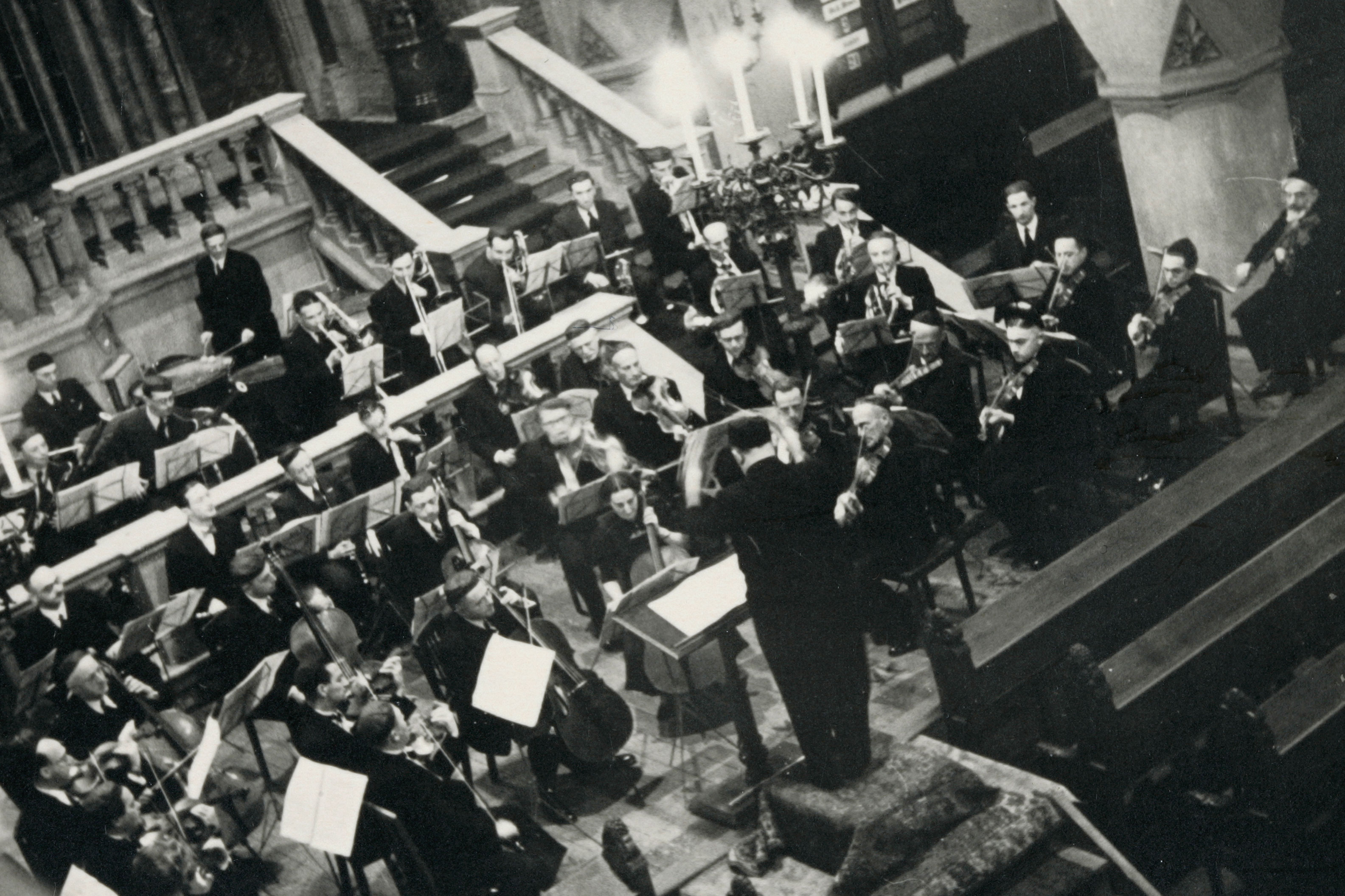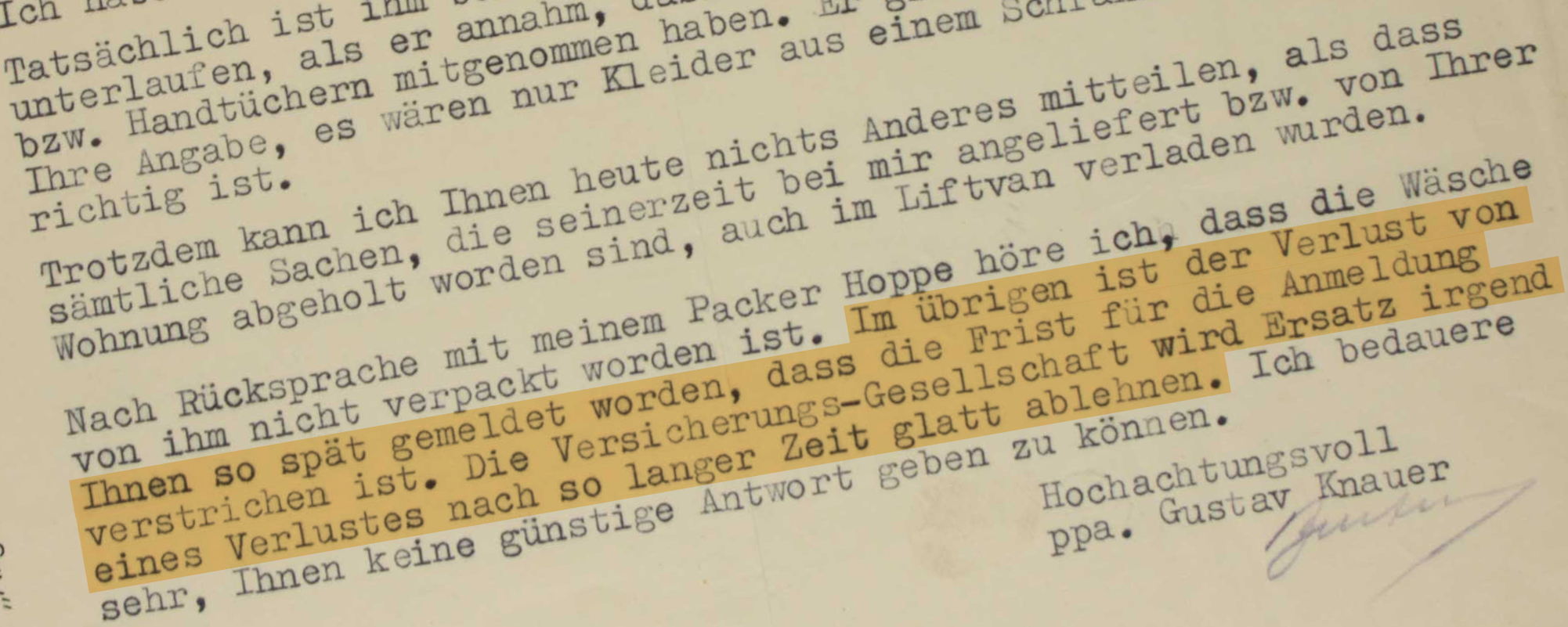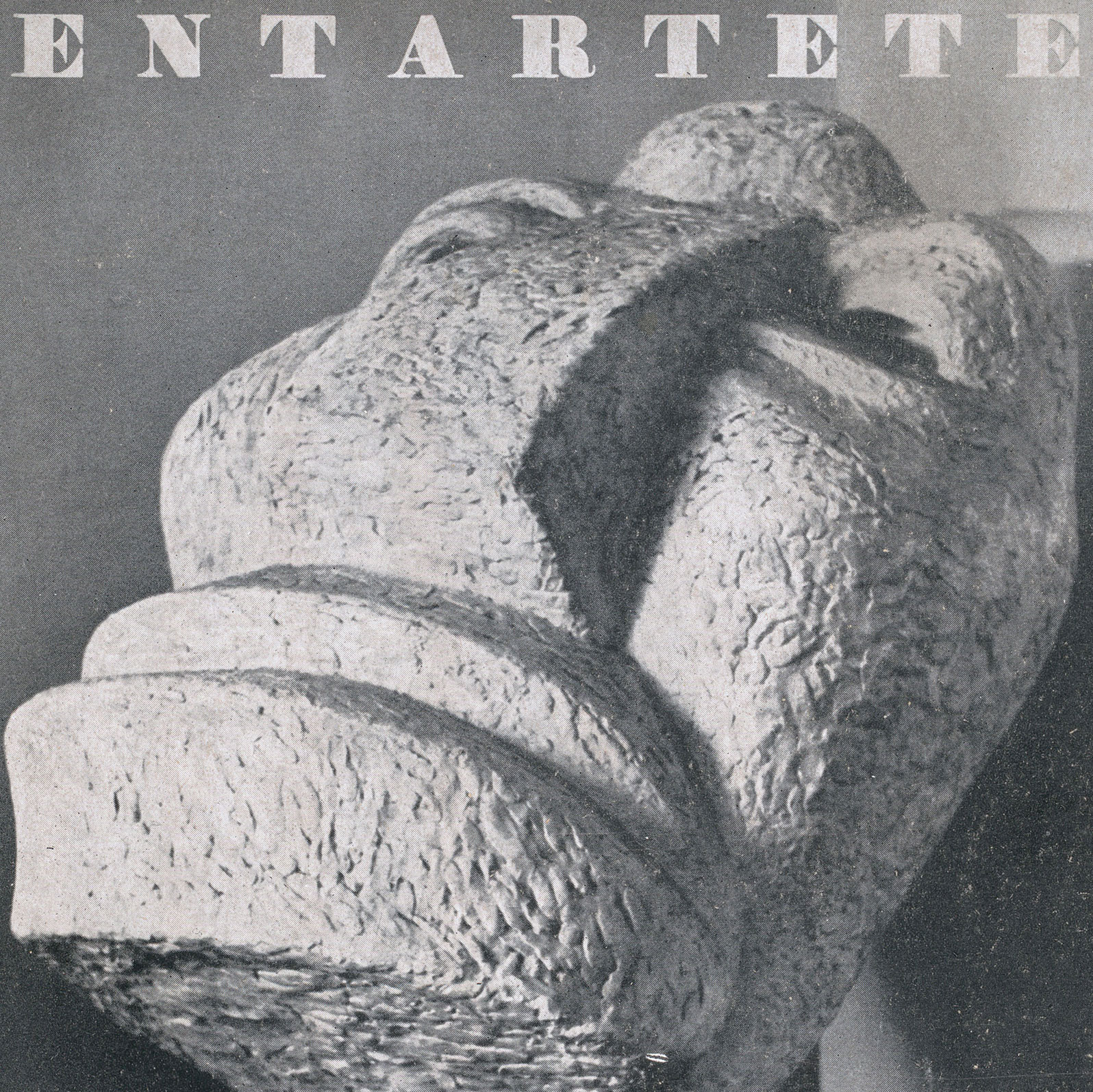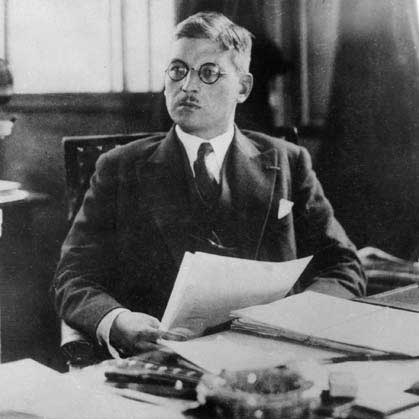Mass exodus
More than 20,000 Jews leave the Sudetenland
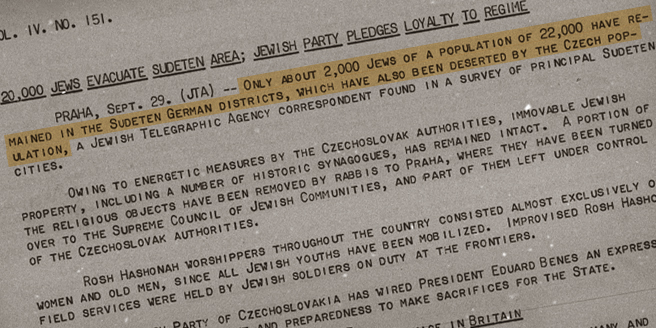
“Only about 2,000 Jews of a population of 22,000 have remained in the Sudeten German districts, which have also been deserted by the Czech population.” [original version in English]
Munich
When on September 29th the so-called “Munich Agreement” between Hitler, the British Premier Chamberlain, the French Premier Daladier, and the Italian dictator Mussolini was concluded, over 20,000 Jews had already fled from the regions of the Sudetenland. This was reported by the Jewish Telegraph Agency on the day of the Agreement. With a months-long propaganda campaign by the Nazis and raucous threats that the Wehrmacht would invade Czechoslovakia, it had already been clear to many Jews for weeks that they would have no future in the Sudetenland. With the Agreement, the Czech regions, in which the Sudeten German minority lived, would be surrendered to the German Reich. Czechoslovakia did not sit at the bargaining table in Munich.
SOURCE
Institution:
Collection:
“20,000 Jews Evacuate Sudeten Area”
Source available in English
Chronology of major events in 1938
The Munich Agreement
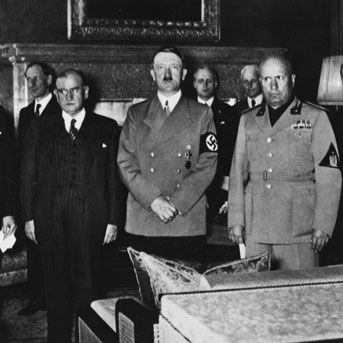
Many Jewish lawyers had already been leaving Germany and Austria. Among them was Joachim Weichert of Vienna, who had been practicing law in Vienna for decades. Weichert Family Collection, Leo Baeck Institute.
Germany, the United Kingdom, France, and Italy sign the Munich Agreement. In the absence of Czechoslovakia, which, like the Soviet Union, was not invited to the conference, the participating nations resolve that Czechoslovakia must cede the “Sudetenland” to the German Reich. The agreement calls for the evacuation of the narrow band of territory along Czechoslovakia’s northern, western, and southern borders within ten days. Two days after the agreement is signed, the Wehrmacht enters the Sudetenland. By allowing the conflict over the autonomy of ethnic Germans in Czechoslovakian borderlands to escalate into an international crisis, Hitler has succeeded in first isolating and then breaking up Czechoslovakia.
View chronology of major events in 1938


